News
Discover all our latest guides on indoor growing, packed with expert tips to help you cultivate healthy plants and maximize your yields.
Additionally, be sure to explore our other Featured Categories, where you’ll find comprehensive guides on grow tents and plant cultivations.
Elevate Your Plants Cultivation with the NEO-780 LED Grow Light: Optimize Yields & Energy Efficiency
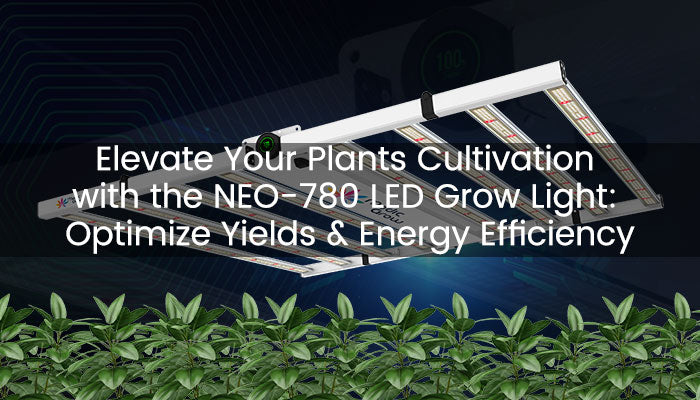

February 18, 2025
Elevate Your Plants Cultivation with the NEO-780 LED Grow Light: Optimize Yields & Energy Efficiency
Discover how Medic Grow's NEO-780 LED Grow Light revolutionizes plants cultivation with precision lighting, energy...
Root Rot - How To Identify, Treat, and Prevent it
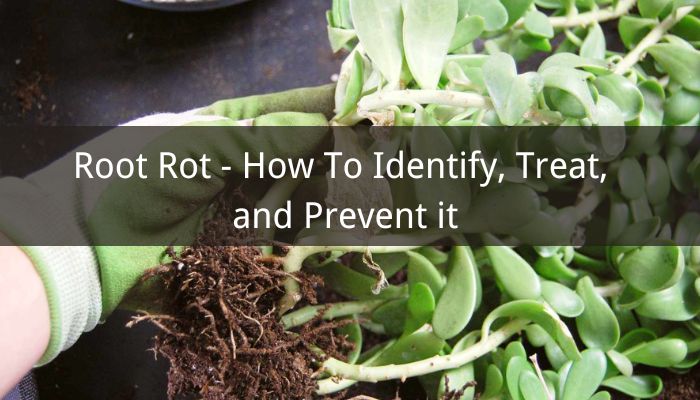

January 15, 2025
Root Rot - How To Identify, Treat, and Prevent it
Wondering why the roots of your plants stink? Check out our article to find out...
What Grow Lights Are Ideal for Overwintering Plants?
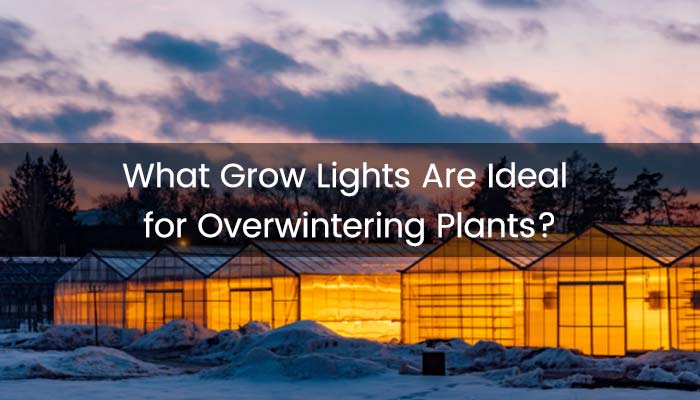

January 2, 2025
What Grow Lights Are Ideal for Overwintering Plants?
As winter sets in and daylight hours grow shorter, many plants enter a state of...
How to Start a Hydroponics Garden In 5 Steps
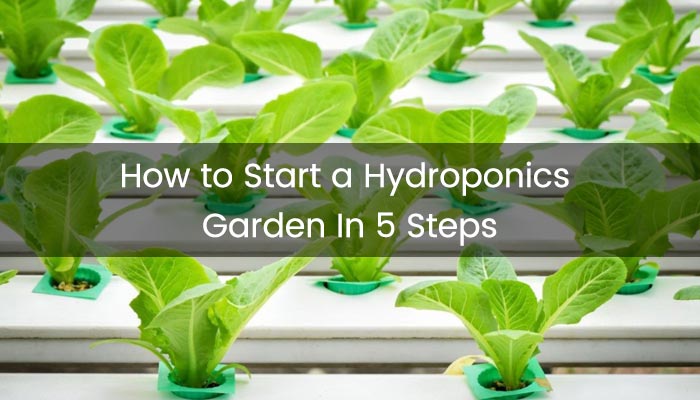

December 5, 2024
How to Start a Hydroponics Garden In 5 Steps
For indoor growers with limited growing space, a hydroponic garden is an ideal solution. Compared...
Black Friday Grow Light Deals: 2024 Best Price


November 29, 2024
Black Friday Grow Light Deals: 2024 Best Price
During Black Friday, consumers can always find the best value products, including grow lights and...
6 Stages of Plant Growth
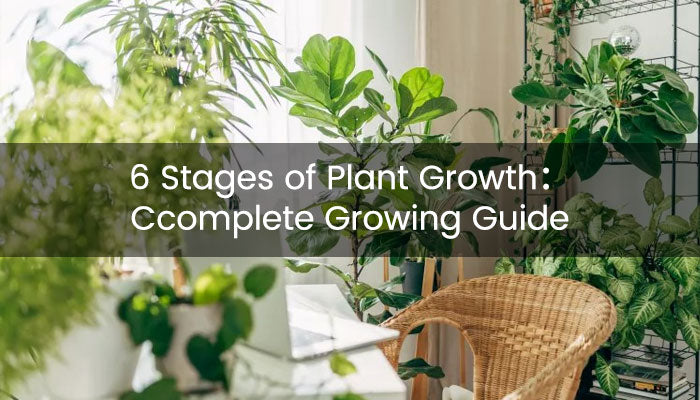

November 14, 2024
6 Stages of Plant Growth
Growing green herbs involves various green herb plant stages, with the most important being the...
How Much Money Can One Plant Make?


November 14, 2024
How Much Money Can One Plant Make?
The potential revenue from a single green herb plant can vary widely based on factors...
How to ScrOG: 6 Steps to Maximize Your Yields
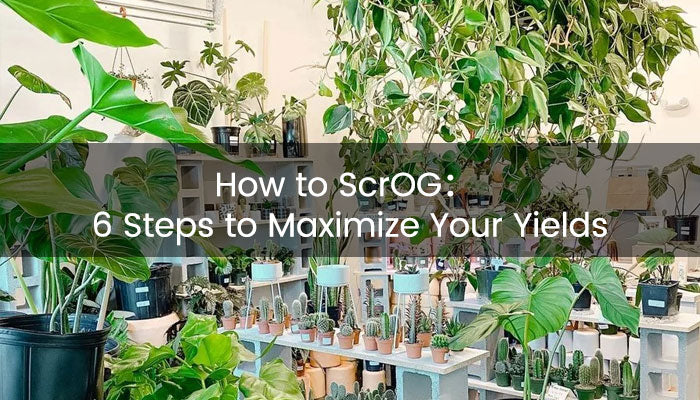

November 6, 2024
How to ScrOG: 6 Steps to Maximize Your Yields
Master ScrOG techniques to boost your yields with ease! In just 6 simple steps, learn...
How to Maximize Plant Growth with Full-Spectrum Light
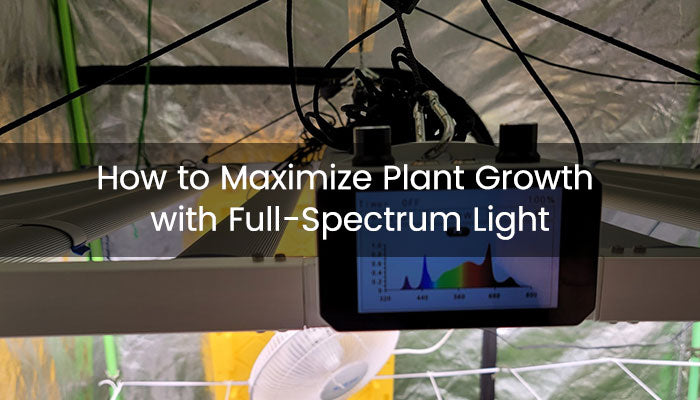

October 24, 2024
How to Maximize Plant Growth with Full-Spectrum Light
We all know that sunlight offers numerous benefits, such as promoting photosynthesis and regulating biological...
Do Grow Lights Work? How to Use Them for the Best Results


October 17, 2024
Do Grow Lights Work? How to Use Them for the Best Results
If you're an indoor grower, you may have heard about grow light - It offers...
Sealed Grow Room Basics: What Growers Should Know?
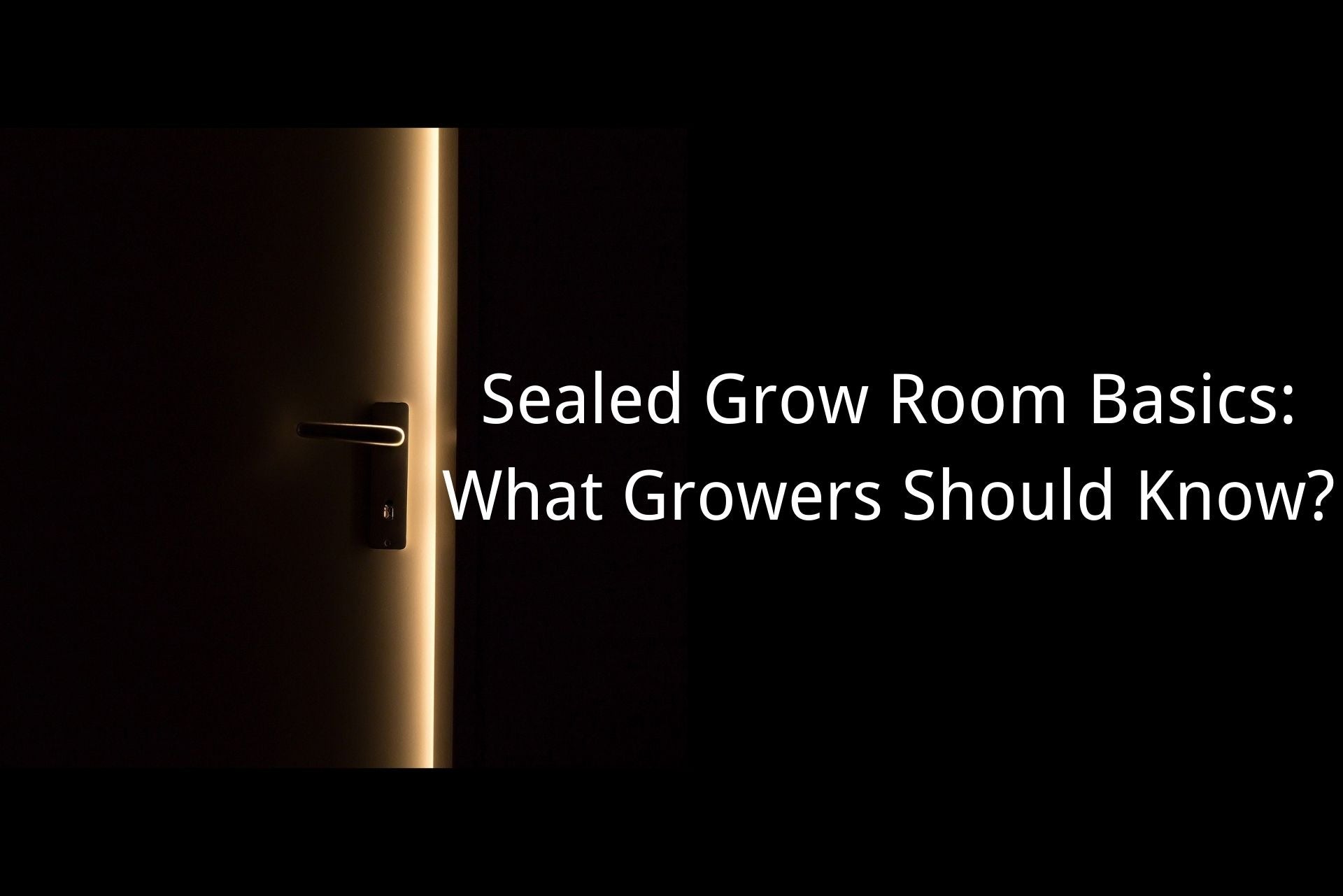

October 8, 2024
Sealed Grow Room Basics: What Growers Should Know?
A sealed grow room is the perfect option for optimal growth and yield. We have...
Grow Lights vs LED: Newest Reviews in 2024


October 8, 2024
Grow Lights vs LED: Newest Reviews in 2024
When it comes to indoor gardening, one of the most common debates is Grow Lights...
- Choosing a selection results in a full page refresh.
!













